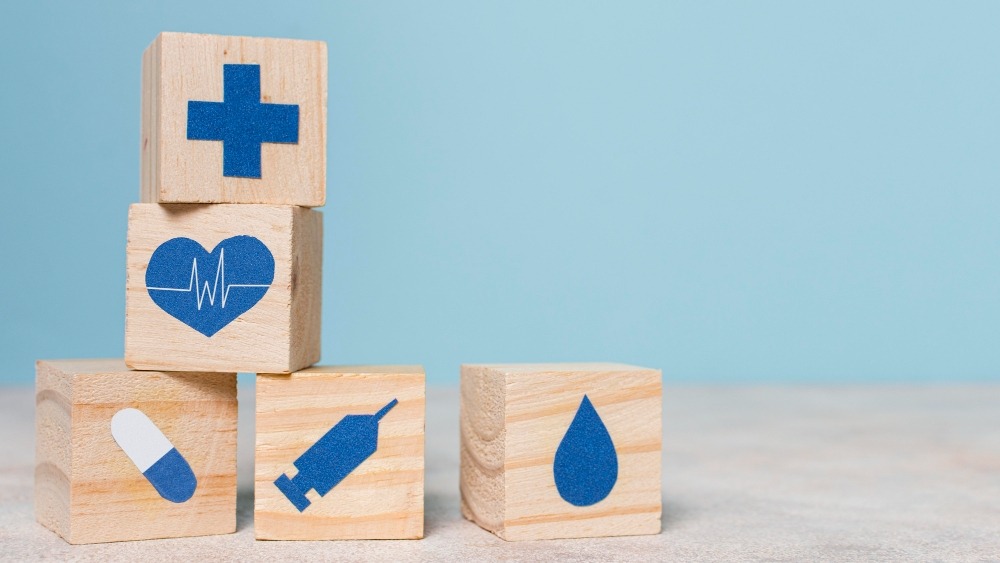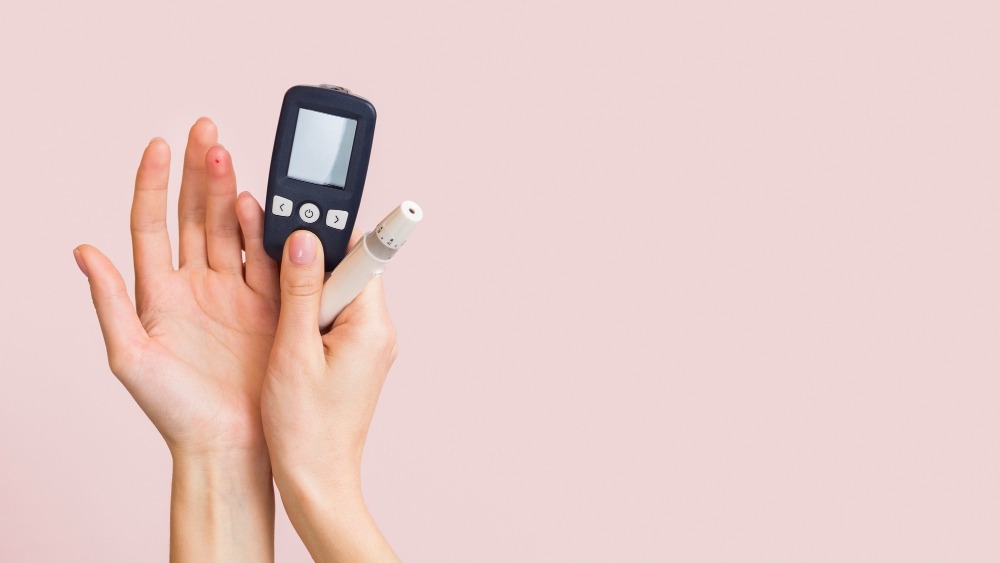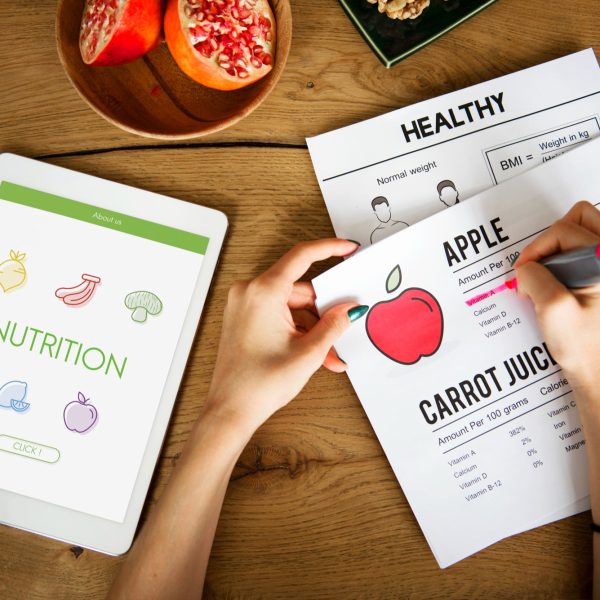There is a reason why India is known as the world’s Diabetes capital. According to WHO, India accounts for one out of every six diabetic patients worldwide. Every year, the total number of diabetes patients in the country grows at a reasonable pace.
Diabetes Mellitus simply referred to as diabetes, is a metabolic condition in which your body is unable to use the glucose in your bloodstream. When you eat, glucose is released and this glucose, also known as blood sugar, is broken down in the cells and used to power the body. Insulin is a hormone that regulates the entry of glucose into our cells. When insulin fails to function properly, there is an excess of glucose in your blood, which leads to high blood sugar or diabetes.

Understanding the Types of Diabetes
- Type 1: This type of diabetes occurs when your body’s immune system destroys the cells in the pancreas that produce insulin. Without insulin, your blood sugar is unlikely to reach the cells.
- Type 2: This type of diabetes occurs when your body becomes insulin resistant. The cells refuse to accept insulin, causing the blood sugar level to rise. This is the most prevalent type of diabetes.
- Gestational Diabetes: This type of diabetes affects only expecting mothers due to hormonal imbalances in the body.
Diabetes does not develop overnight, so it is ideal to treat it as soon as the symptoms appear. You can access your condition by keeping an eye out for these symptoms –
Symptoms of Type 1 Diabetes
- Fatigue – Your body gets the energy to function after glucose reaches the cells. With insulin not being produced, glucose can’t reach the cells. This makes you feel tired all the time.
- Sudden Weight Loss – In the absence of energy from the cells, your body will rely on stored fats for energy. As a result, you may lose a lot of weight without even changing your diet.
Symptoms of Type 2 Diabetes
- Slow Healing – Excess sugar in the blood has an effect on blood flow in the body. Any wound or cut may require a lengthy healing period.
- Yeast Infection – When there is an abundance of glucose in the blood, yeast develops. Yeast infections are more common in skin folds that are usually warm and moist, such as under the bust, fingers and toes.
Symptoms of Gestational Diabetes
- Frequent Urination – Your kidneys have to work harder to filter the excess glucose from your blood. When the kidneys are unable to filter out glucose, the body filters it out through pee. This causes you to use the restroom more frequently than usual.
- Uncontrollable Thirst – Excessive peeing removes fluids along with glucose from the body. As a result, you become more thirsty in order to replenish the lost body fluids.
If you notice any of these symptoms, you should see your doctor right away to rule out any further complications, such as nerve or heart damage. As a matter of fact, the sooner the better!











Share this article